Cognitive Disability Aesthetics
Visual Culture, Disability Representations, and the (In)Visibility of Cognitive Difference
Benjamin Fraser
University of Toronto Press
Toronto Buffalo London
University of Toronto Press 2018
Toronto Buffalo London
utorontopress.com
Printed in the U.S.A.
ISBN 978-1-4875-0233-1
 Printed on acid-free, 100% post-consumer recycled paper with vegetable-based inks.
Printed on acid-free, 100% post-consumer recycled paper with vegetable-based inks.
Toronto Iberic
Library and Archives Canada Cataloguing in Publication
Fraser, Benjamin, author
Cognitive disability aesthetics : visual culture, disability representations, and the (in)visibility of cognitive difference / Benjamin Fraser.
(Toronto Iberic ; 32)
Includes bibliographical references and index.
ISBN 978-1-4875-0233-1 (cloth)
1. Disability studies. 2. Aesthetics. 3. Cognition disorders Social aspects Spain. 4. Popular culture Spain. 5. Arts Spain. I. Title. II. Series: Toronto Iberic ; 32
HV1568.2.F73 2018704.9'496168C2017-906090-2
This book has been published with the assistance of the Thomas Harriot College of Arts and Sciences at East Carolina University.
University of Toronto Press acknowledges the financial assistance to its publishing program of the Canada Council for the Arts and the Ontario Arts Council, an agency of the Government of Ontario.

For Ben, Abby, and Judd
Preface
Three book-length publications are arguably the foundational contributions to the study of physical disability representations in the aesthetic realm: Martin Nordens Cinema of Isolation: A History of Physical Disabilities in the Movies (), which brought a similarly innovative thesis to bear on visual art forms, prioritizing painting and sculpture. Norden writes that the history of physical disability images in the movies has mostly been a history of distortion in the name of maintaining an ableist society (1994: 314). Mitchell and Snyders book argues that images of disabled people abound in history (2000: 52) and that once a reader begins to seek out representations of disability in our literatures, it is difficult to avoid their proliferation in texts with which one believed oneself to be utterly familiar (2000: 52). Sieberss argument asserts that in painting and sculpture, the presence of disability is the element that has allowed the beauty of an artwork to endure over time (2010: 5). The representation of disability is, each text argues in its own way, thus central to the aesthetic histories of these directions in human cultural production. Often under-acknowledged as such in both literary and visual art, physical disability has long been clothed in the normative trappings of an able-bodied society and mobilized to suit a range of symbolic, metaphorical, and perhaps even purportedly transcendent artistic purposes.
This direction in disability studies research has proven essential to an interdisciplinary field that is at once an academic and a political project ( termed the normate, it has extended the force of disability rights movements into aesthetic arenas where systems of social power and their consequences for bodily difference can be rendered visible, dissected, and critiqued with implications for the extra-textual world, of course. In prioritizing aesthetics and cultural production, disability studies research has not only called attention to the value of textual analysis and humanistic work more generally, but also reasserted the materiality of culture and highlighted the imbrication of thought and action. Nonetheless, to the extent that such high-profile previous studies have privileged physical over cognitive disabilities, these invaluable contributions have left part of the picture unclear. To date, and speaking broadly, a certain invocation of the visible world has driven the study of both literary and visual representations of disability. That is, the concept of the visible in existing disability studies research is largely synonymous with the physical in a simple sense. The critique of able-bodied bias in film, literature, and visual art has tended to centre on the way in which the physical or material body again, in a sense that largely marginalizes the cognitive has been mobilized for another purpose. A visible trait, a mark, a scar, a missing limb, a deformity, a limp, a physical impairment in ableist cultural production, historically speaking, these are taken to be signs of evil, of corruption, of moral decline, and so on. Or, on the other hand, the exceptional body is problematically taken to be a vehicle to salvation or redemption in a process that symbolically others the extraordinary body in order to reaffirm the centrality of myths associated with able-bodied norms.
It is important to note that to date, in scholarship exploring the aesthetic realm, the physically disabled body in literature has been seen as a form or shape relating to a symbolic experience. Mitchell and Snyder write of disability in a range of specific works in which the meaning of the relationship between having a physical disability and the nature of a characters identity come under scrutiny. Disability recurs in these works as a potent force that challenges cultural ideals of the normal or whole body (2000: 50). The books and essay-length studies that have directed similar insights towards specific instances of Anglophone literary and cultural production are too numerous to mention here. This research is important in its own right. It is equally important, however, to recognize that the social and political need for such academic work centred on the physical and also its power and potential stems from the need to respond to a very specific form of bodily oppression, one that is more visible in society than that involving embodied cognitive disability. The point is to understand the power and potential of this research on physically oriented disability while recognizing that it is an academic and political reaction to very specific social circumstances and not necessarily an attempt to address all constructions of disability that obtain in society. That is, in seeking to combat able-bodied societys highly visible and historical marginalization and oppression of physical disability in particular, this strain of disability studies has largely focused on the appearance of physical disability throughout social history and in the aesthetic realm. The interplay between inner reality and outward appearance has been a key part of physical disability representations as Norden, Mitchell and Snyder, and Siebers illustrate with reference to work by numerous authors and critics and thus it makes sense that analysis of this particular interplay would be so essential to the social and political critique launched by disability studies in the period I refer to as the first wave of disability studies in the humanities.
Readers of this book may find it to be provocative on many counts. In identifying the need to pay more attention to cognitive disabilities as the defining characteristic of a second wave of disability studies, I join a growing group of scholars who in one way or another have called for a move beyond the physical orientation of much disability studies research. In addition, some readers may conclude that in underscoring the material reality of cognitive impairment as I do here in seeing cognitive impairment not solely as a cultural construction but also as a material experience connected with biological or developmental factors I sacrifice the strong constructivist tradition of disability studies. Moreover, my suggestion that an acknowledgment of the material reality of severe cognitive impairments can connect the social model of disability so strongly embraced in the humanities with the medical, clinical, and health sciences, may seem a betrayal to some. From the outset, I admit a friction and even a sharp divergence between the goals of a social model of disability and a medical model of disability. I nonetheless assert that a clean break between social and medical paradigms is neither possible nor entirely desirable when approaching the topic of cognitive disability, in particular regarding those experiences of cognitive disability that tend to be considered severe.

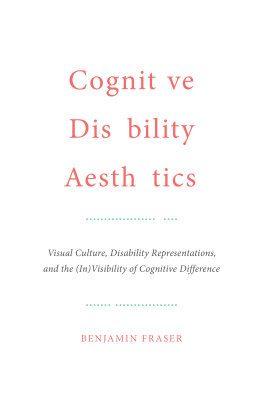
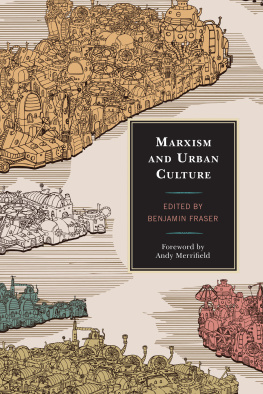
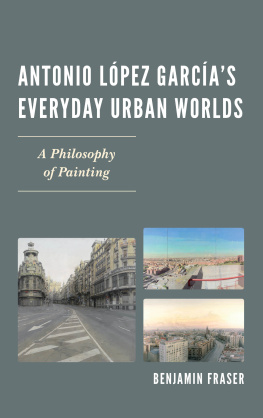



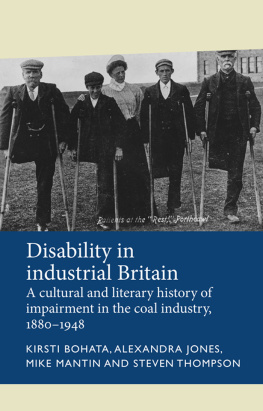
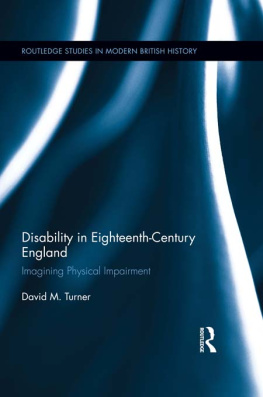
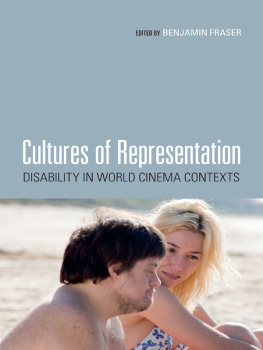
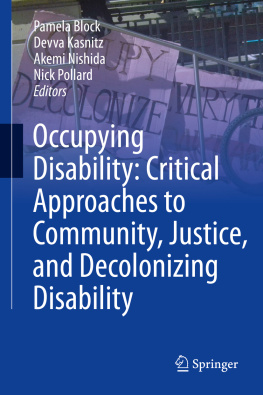
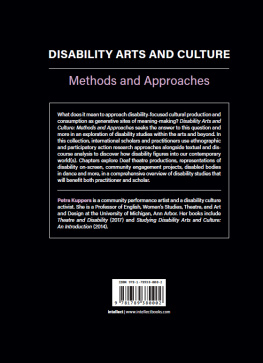

 Printed on acid-free, 100% post-consumer recycled paper with vegetable-based inks.
Printed on acid-free, 100% post-consumer recycled paper with vegetable-based inks.